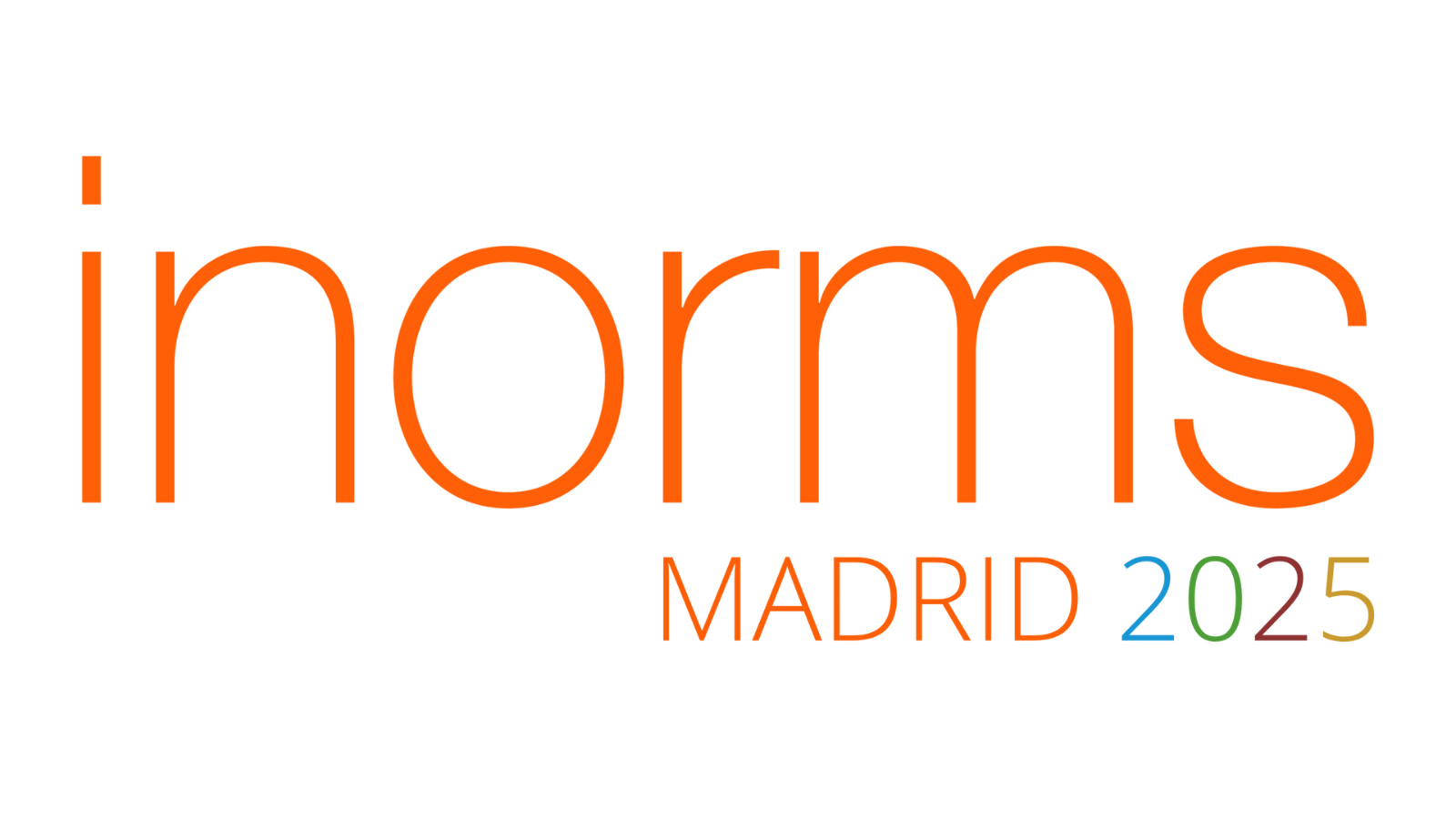Internal Controls on Awards Lifecycle
The Role of Research Management Administrators ( RMA’S) In ensuring Effective Internal Controls in Awards Lifecycle
Conference
Format: Oral 30 Minutes
Topic: 5. Proposal, Award and Project Management
Abstract
This paper presents the internal controls that the Research Management Administrators (RMA’S) at Botswana International University of Science and Technology has implemented in the award management lifecycle. The processes of managing the award life cycle, varies across organisations and therefore it is important to have fit for purpose internal controls. These processes are intended to showcase a step-by-step guide on how things are expected to be done in the process of managing awards. RMAs are at the forefront of ensuring that these processes work effectively through the implementation of effective internal controls.
Botswana International University of Science and Technology (BIUST) has the directorate of Research and Innovation which is mandated to ensure that the process of award lifecycle is well implemented and controlled for the benefit of the users (researchers). The office is currently under the leadership of the Director, assisted by the Manager, Grant Executive and the RIMS officer.
Within the pre and post award lifecycle, there are processes, policies, procedures and templates that we use to control the activities carried out by the researchers. The mother internal control within all the stages is the Research Information Management System (RIMS), that BIUST is subscribing to with the aim of having a central coordinated system that manages all research inputs and outputs of the institution carried out by researchers, including the award lifecycle.
We have a policy and guidelines for grants management, procedures for external and internal grants applications, new projects registration form, budget breakdown form, quarterly progress reporting template and the project closeout form. All these forms are inputs into the RIMS.
These internal controls have assisted the office with improved management of awards and improved relationships with the researchers.
The outcome of the presentation will be to sensitize other RMAs in different organisations of the role that they can play to ensure a robust system of awards management and to exchange ideas and knowledge on how to improve the current controls that BIUST has implemented.
The expected impact of this paper presentation is to form a basis of collaboration and benchmarking networks with interested RMAs across organisations that would like to borrow from our internal controls and to enable us to also borrow some from other RMAs offices.

